INFOS & SERVICE
OUR OTHER WEBSITES
Arrive in Chengdu
Enjoy Chengdu leisurely daily life, Kuanzhai Xiangzi, drink tea in People’s Park
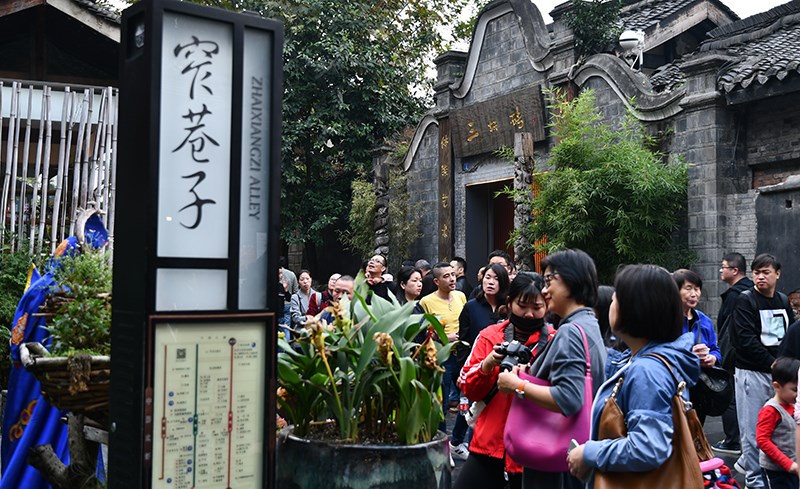
Chengdu - Dujiangyang - Wolong - Siguniang Shan Town
Dujiangyan Irrigation System, Wolong National Nature Reserve, Shenshuping Panda Base, Sunset of Mt. Siguniangshan
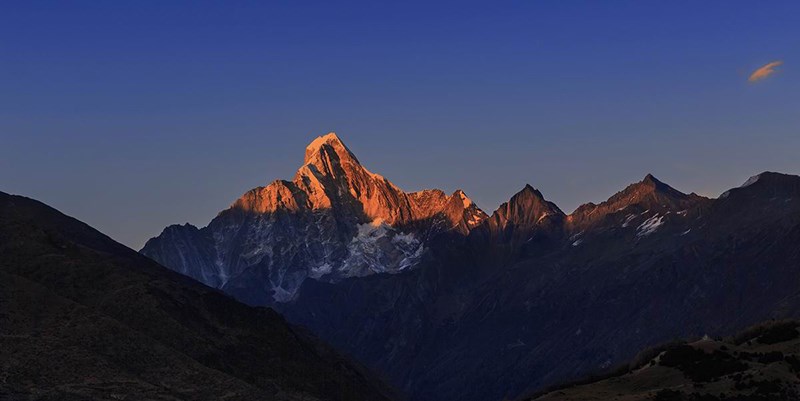
Siguniang Shan Town – Danba
Sunrise of Mt. Siguniang, Shuangqiao Valley, Wori Tusi Manor, Tibetan village Jiaju
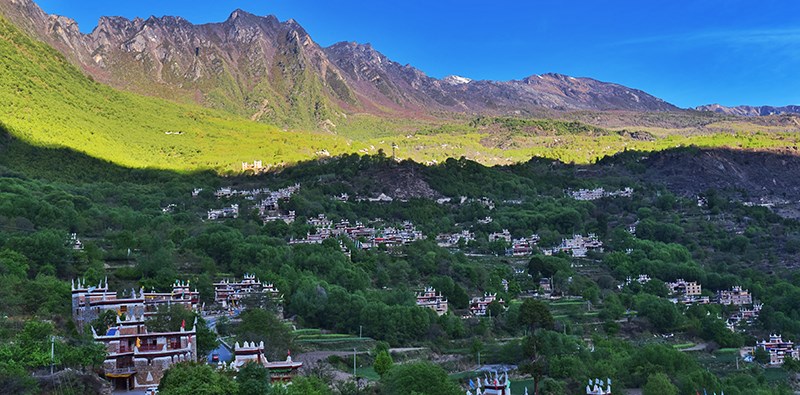
Danba – Bamei – Dawu – Luhuo - Garze
Block towers in Suopo, Kasa Lake
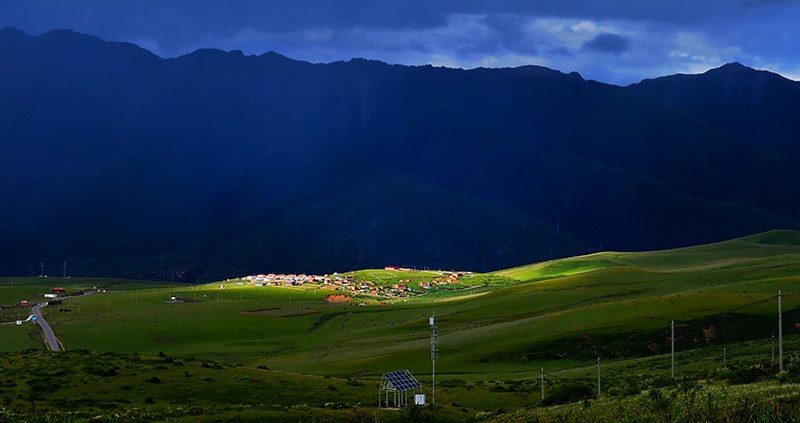
Garze – Dargye Monastery – Manigango - Yilhun Lhatso
Garze Monastery, Han-Chinese Monastery, Dargye Monastery
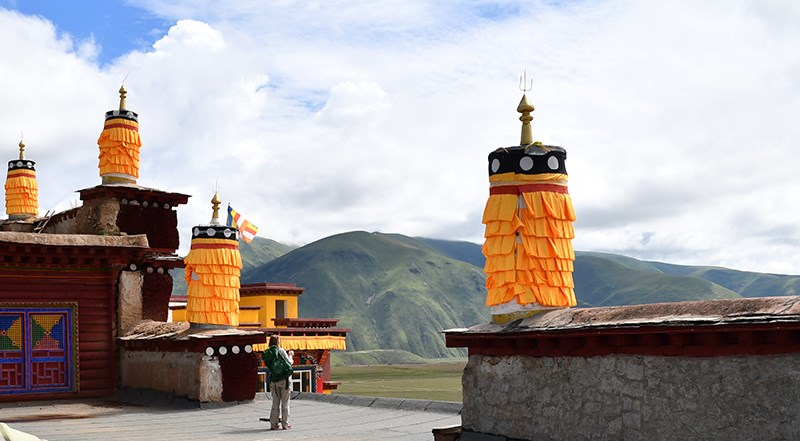
Trekking Yilhun Lhatso – Dzen Tso Lake
Trekking starts. Learn about nomads’ life, camp near Dzen Tso
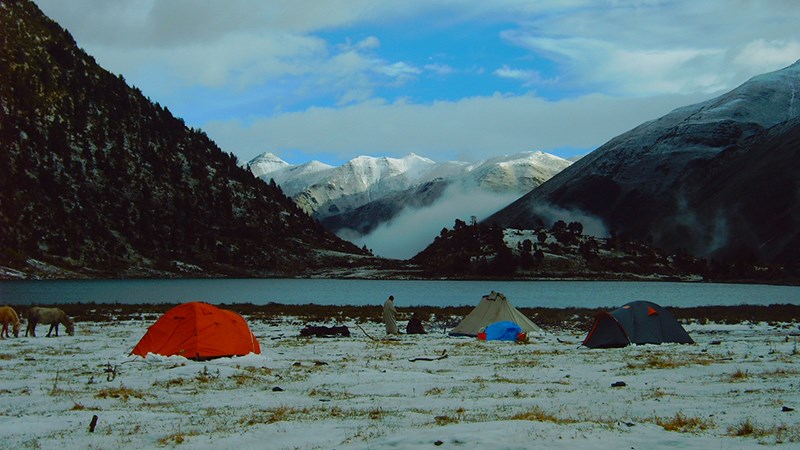
Trekking Dzen Tso – Dzen La – Ting Chu Valley
Dzen La pass, Ting Chu valley
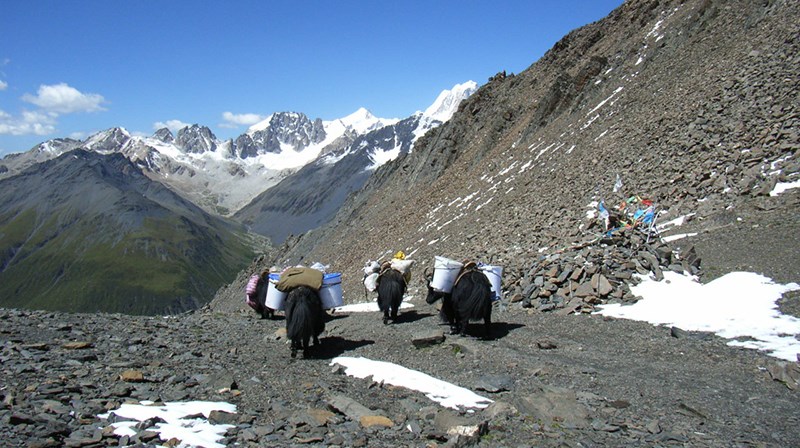
Trekking through Ting Chu River
Ting Chu River, Hot spring
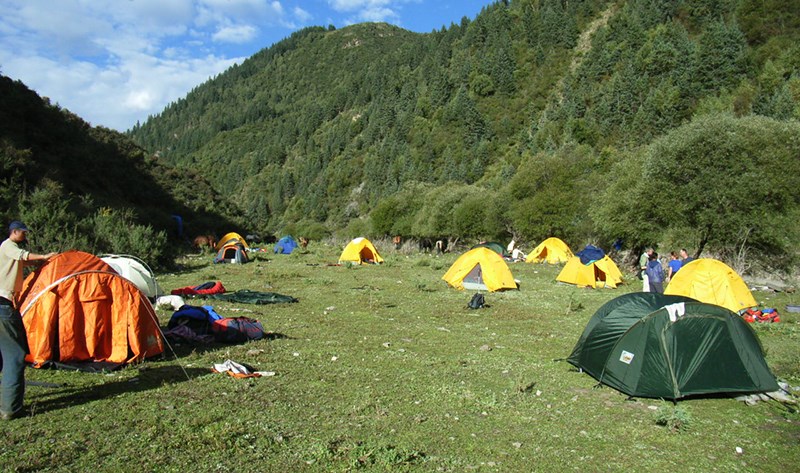
Trekking Ting Chu – Redak La – Meshuo Valley
Through bushes and valley, over Redak La and Jungan La pass
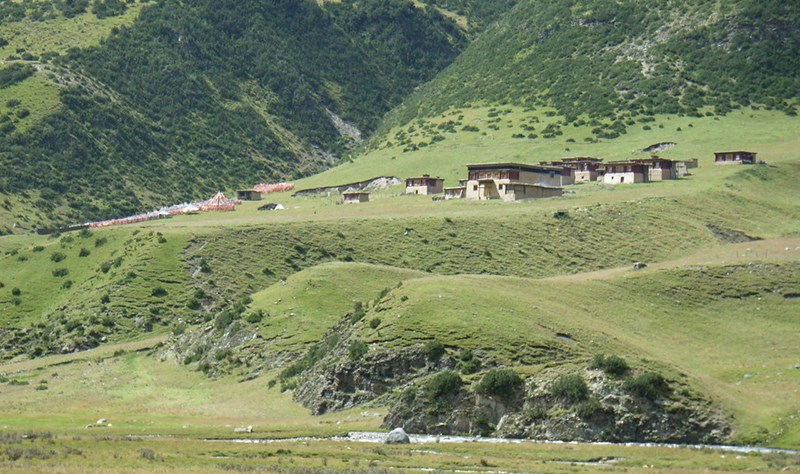
Trekking Meshuo – Dama Village – Rongmei
Valley, brook, Dama village
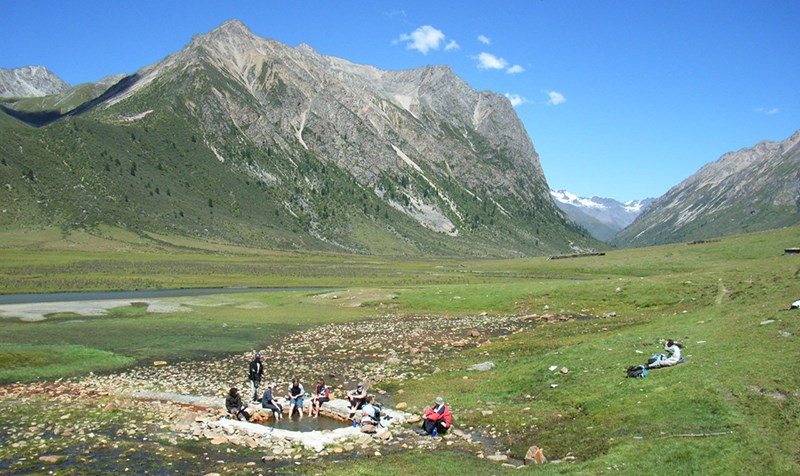
Trekking Rongmei – Rongmei Kamo Pass – Dzongsa Monastery
Rongmei Kamo - a secrete meditation center, climb on the steep summit to enjoy the beautiful landscapes, Dzongsa Monastery
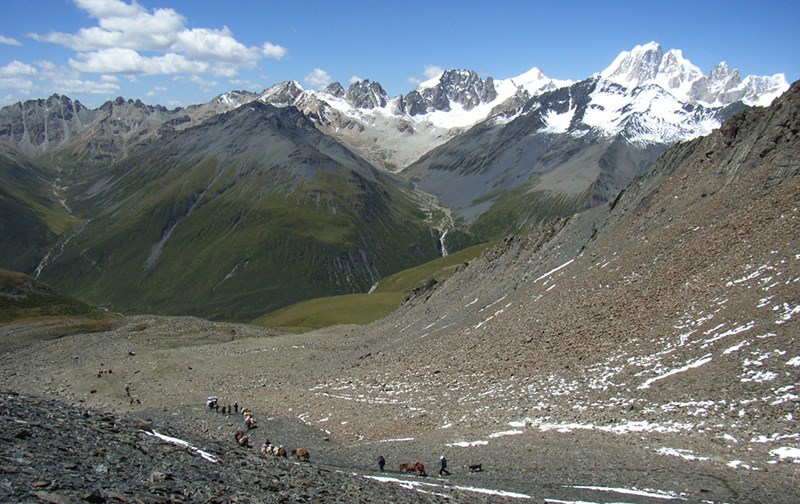
Trekking Dzongsa Monastery – Campsite
Trek in unbelievable scenery
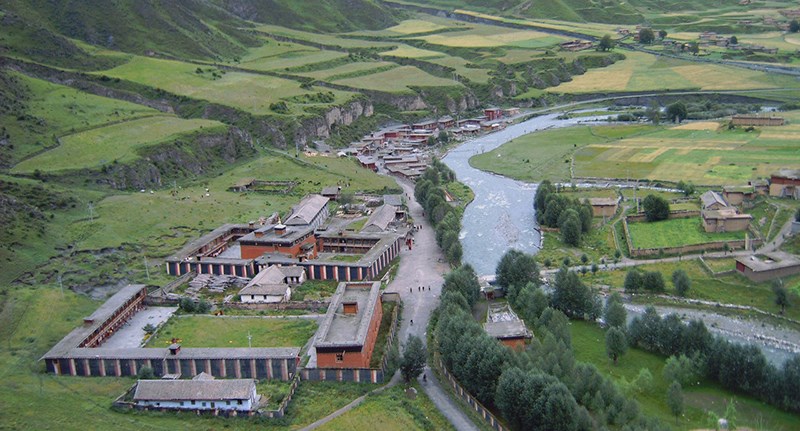
Trekking Campsite – Pelpung Monastery
Qietexi village, Pelpung Monastery
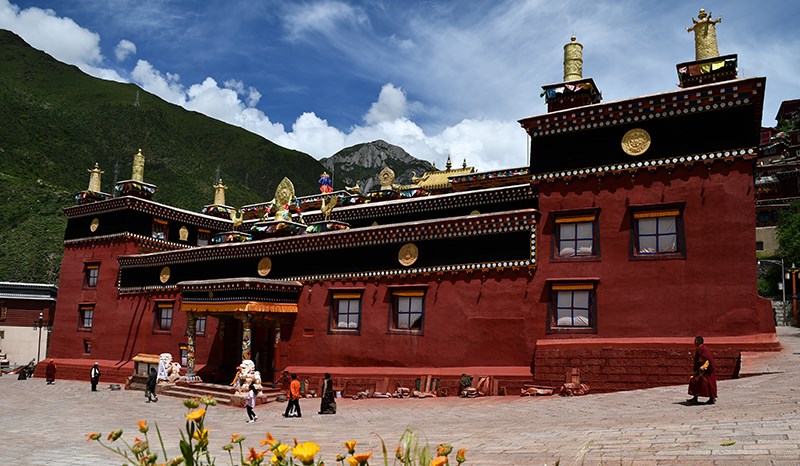
Trekking Pelpung – Go Ze La – Xiega Village, drive Xiega – Dege
Go Ze La, Xiega Village
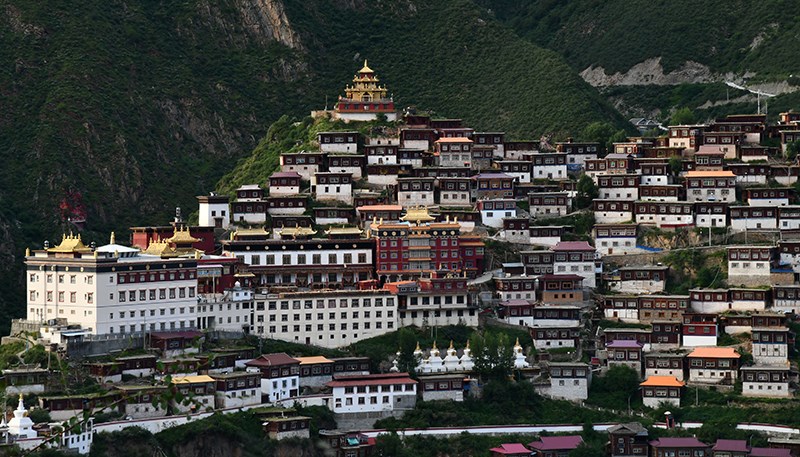
Dege - Pelyul
Dege Printing House, Dege Gonchen, Pelyul Monastery
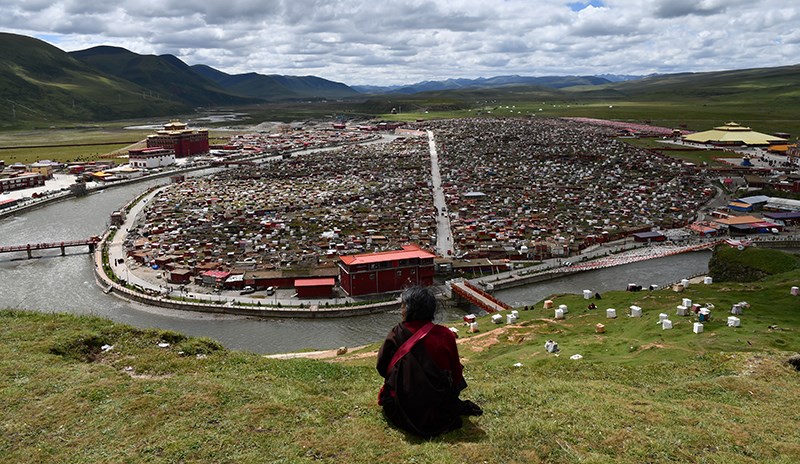
Pelyul - Yarchen Gar - Garze - Luhuo
Yarchen Gar (Yaqing Si)
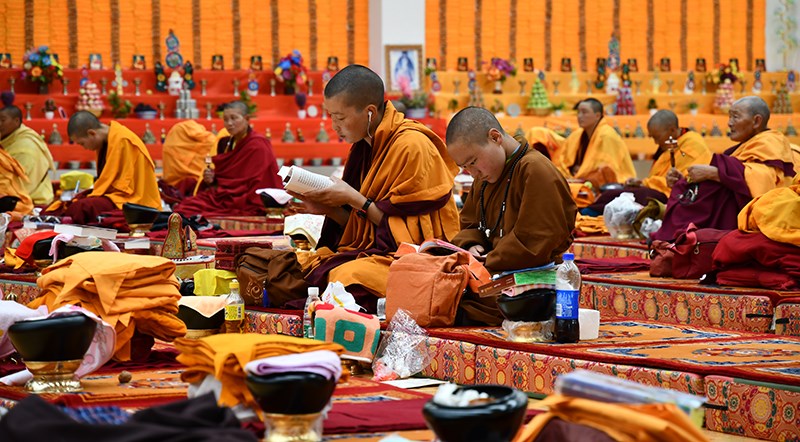
Luhuo – Dawu – Bamei – Tagong
Lhagang Monastery, Gyergo Nunnery and the grand mani wall of Hepingfahui, sunset of Yala Mountain
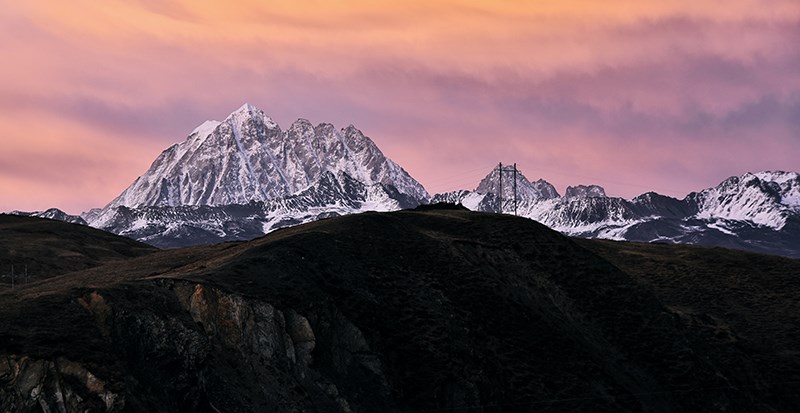
Tagong - Xinduqiao - Kangding - Luding – Yaan
Sunrise of Yala Mountain, Zheduo Shan Pass (4298 m), Luding Bridge
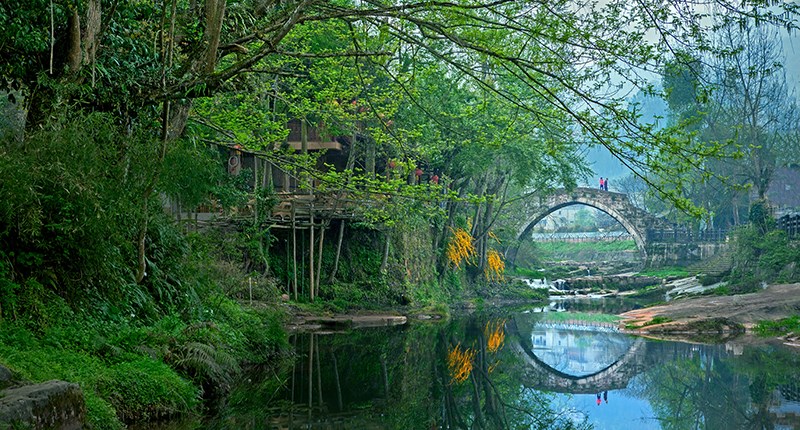
Yaan – Shangli - Dayi - Chengdu
Shangli Ancient Town. Travel to next destination
Private travel, great experiences! Please contact us for your tailor-made travel offer.
With individual China Tibet travel, you can decide when, where and how you go on tour by yourself. What's more, you can choose the length of travel and whom you go with.